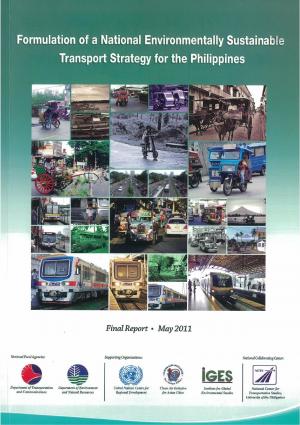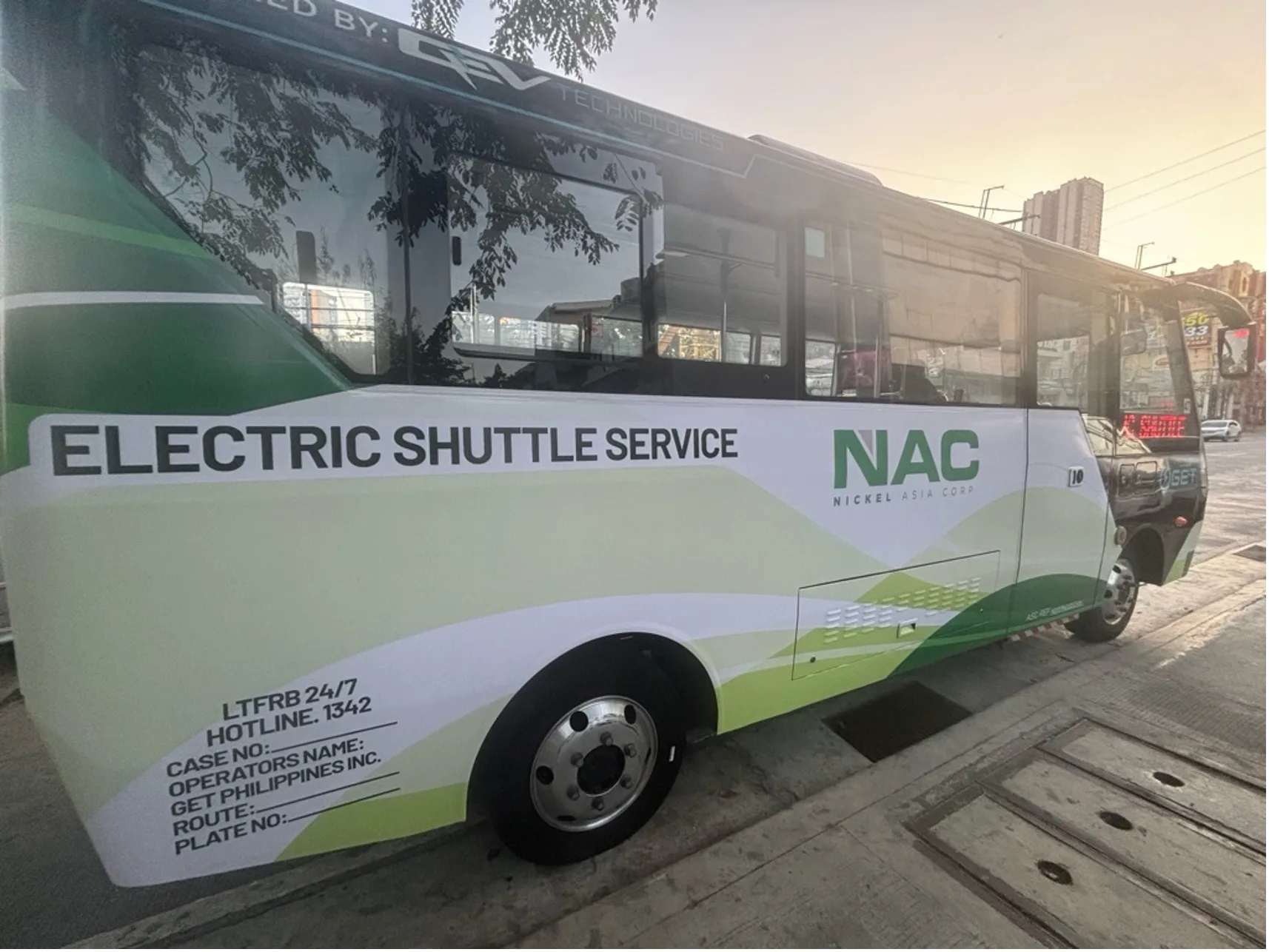Transit Advertising Philippines: Reach Thousands of Travelers Daily
Transit Advertising Philippines: Reach Thousands of Travelers Daily
Blog Article
Understanding the Role of Transportation Advertising And Marketing in Enhancing Brand Name Exposure and Consumer Involvement
Transportation marketing has become a crucial element in the advertising landscape, providing one-of-a-kind chances for brand names to boost their exposure and involve customers effectively. With the ability to get to a captive and diverse audience during their day-to-day commutes, these advertising and marketing strategies are not just concerning exposure; they have to do with creating meaningful links with possible consumers. As we check out the diverse advantages and cutting-edge techniques within transportation advertising, it becomes essential to take into consideration just how these elements jointly affect consumer assumption and behavior, increasing concerns about their long-term influence on brand commitment.
Meaning of Transportation Marketing
Transportation marketing refers to the practice of promoting products, solutions, or brand names with promotions positioned around mass transit systems. This form of marketing incorporates a variety of positionings, consisting of posters on trains and buses, electronic screens at transportation terminals, and covers on the exterior of lorries. It aims to reach a diverse target market, profiting from the high foot website traffic linked with public transit.
Transit marketing is purposefully placed to record the interest of travelers, who often invest considerable time waiting or taking a trip. By incorporating promotions right into the day-to-day regimens of individuals, brand names can create a lasting impression and foster brand recognition. The medium is specifically reliable in metropolitan atmospheres, where mass transit is a key setting of travel.
Furthermore, transportation advertising and marketing can promote localized targeting, allowing businesses to get to specific demographics based on transportation paths and station locations. As urban populaces grow and the use of public transportation increases, this marketing technique has obtained prominence as an important component of incorporated advertising strategies. The vibrant nature of transportation marketing, combined with its capacity to engage consumers in a restricted setting, highlights its significance in modern marketing practices.
Advantages of Transit Advertising And Marketing
The performance of transportation marketing exists in its capability to deliver a wide range of benefits to brands seeking to boost presence and involvement. Among the primary advantages is the substantial reach it uses; transportation ads can effectively target varied demographics throughout city areas, getting to both pedestrians and commuters alike. This wide exposure considerably improves brand name understanding.
An additional advantage is the high frequency of impressions. As transit cars travel along well-known courses and stop at numerous places, they create repeated direct exposure that reinforces brand messages. This regularity cultivates familiarity, which is vital in customer decision-making.
Transit advertising and marketing is also cost-efficient contrasted to other media platforms. Given its large reach and possibility for high impressions, brand names usually experience a reduced price per thousand impressions (CPM), optimizing their marketing budget.
Furthermore, transit advertisements can create a sense of community connection. By lining up with regional transportation systems, brands can resonate with local audiences and promote a sense of neighborhood pride. This local approach improves brand commitment and interaction, making transit advertising an engaging option for businesses aiming to strengthen their visibility on the market.

Effective Approaches for Transit Projects
To make best use of the impact of transportation campaigns, brand names must take advantage of strategic planning and implementation customized to their target audience. First, determining the market features of the audience making use of public transit is vital. This enables brands to produce individualized messaging that resonates with possible clients.
Following, choosing the best transportation mediums is crucial. Whether using bus wraps, train posters, or digital screens, each medium has unique advantages that can boost presence. For example, vivid visuals on bus wraps can stand out, while digital ads can be updated often to reflect prompt promotions.
Additionally, incorporating a natural branding strategy throughout transit platforms makes certain uniformity and reinforces the brand's identification. Using appealing styles and unforgettable taglines will enhance brand name recall among commuters.
Finally, timing is a vital consider performing effective transit projects. Releasing campaigns throughout height travel hours or regional occasions can significantly boost exposure and engagement. By using these strategies, brand names can effectively harness the capacity of transportation marketing, fostering better understanding and connection with their target audience. Inevitably, a well-executed transit campaign can drive substantial growth in brand name exposure and consumer interaction.

Determining Impact and Involvement
In assessing the performance of transit advertising and marketing campaigns, accurate measurement of impact and involvement is crucial for brand names seeking to maximize their marketing techniques. Metrics such as reach, frequency, and impacts provide foundational data to analyze exposure. Evaluating these elements aids establish the amount of prospective consumers are revealed to the promotions during their day-to-day commutes.
Engagement can be additional assessed via consumer interactions, such as website traffic, social media sites discusses, and direct reactions to calls-to-action included in the ads. Making use of tools like QR codes or unique Links can promote monitoring of customer behavior directly linked to transportation campaigns. Studies and comments systems additionally act as important approaches to gather qualitative data on consumer assumptions and recall of the advertisement.
Furthermore, advanced analytics and attribution models can associate transportation exposure with succeeding getting behavior, supplying understandings right into the roi. By utilizing a detailed approach that integrates qualitative and quantitative steps, brands can establish a nuanced understanding of their transportation advertising influence. Eventually, Home Page this data-driven method makes it possible for brand names to refine their campaigns, ensuring they resonate effectively with target audiences and enhance total brand name presence.
Study of Effective Campaigns
Effective transit ad campaign serve as compelling instances of just how effective strategies can raise brand exposure and interaction. our website Transit Advertising Philippines. One noteworthy instance is the "I Love New York" campaign, which transformed the city's picture and brought in numerous vacationers. By utilizing metro advertisements, billboards, and bus wraps, the project created a strong, cohesive brand name identification, leading to a considerable uptick in tourism and neighborhood business patronage
Another exemplary project is Coca-Cola's "Share a Coke" initiative, which leveraged transit advertising and marketing to personalize the brand name experience. By including prominent names on marketing materials throughout different transportation platforms, Coca-Cola fostered a deeper emotional connection with consumers, motivating them to share their experiences on social networks.
Additionally, the "Got Milk?" campaign properly made use of public transport ads to get to a broad target market, reinforcing the message of the relevance of milk in a well balanced diet. The campaign saw a quantifiable increase in milk consumption in target demographics.
These instance researches highlight that when executed thoughtfully, transportation marketing can substantially enhance brand presence, foster customer engagement, and drive quantifiable results, showing its vital function in modern marketing methods. - Transit Advertising Philippines
Conclusion
To conclude, transit advertising works as a crucial tool for enhancing brand name presence and cultivating customer engagement. By utilizing tactically positioned ads within public transport systems, brand names can properly reach diverse target markets and enhance acknowledgment through consistent direct exposure. The application of targeted messaging and ingenious methods better enhances the influence of transit campaigns. Inevitably, the capacity to measure interaction and analyze effective case research studies highlights the efficiency of transit marketing in driving brand name commitment and consumer communications.
Transit advertising and marketing has arised as an essential aspect in the marketing landscape, using one-of-a-kind opportunities for brand names to boost their visibility and engage consumers successfully.Furthermore, transportation advertising and marketing can help with local targeting, allowing businesses to get to particular demographics based on transportation paths and terminal locations.In read what he said reviewing the efficiency of transit marketing projects, precise measurement of effect and involvement is important for brands seeking to maximize their advertising and marketing techniques.Effective transit advertising projects serve as engaging examples of how reliable strategies can raise brand name visibility and involvement.In final thought, transportation advertising serves as an important device for enhancing brand exposure and fostering customer involvement.
Report this page